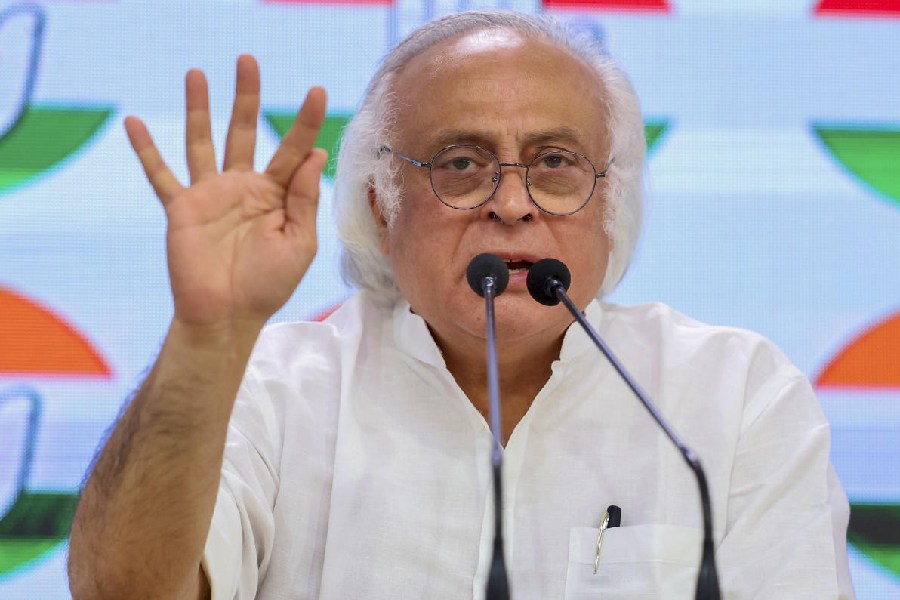I recently came across a faded and frayed picture of my grandparents, clipped at the corners. I loaded it into a photo editing software called PicsArt to try to repair the damages of time and that is when I thought of art conservators. These are the people responsible for the careful and delicate conservation work on old paintings such as Leonardo Da Vinci’s The Last Supper, which hangs in the Convent of Santa Maria delle Grazie in Milan, Italy. While it might be bold to claim that computerised software would make the task of art conservators easier, the inspiration for the various software algorithms aimed at digital art restoration has come from the efforts of these conservators.
When we load a damaged picture — blemished, decolourised or ruined in certain areas by a foreign substance — on to an image repairing software, it is restored by filling the damaged areas with new information. This is called image inpainting. In image processing, the carriers of information are pixels — be it data about colour, texture or geometry. The more faithfully the algorithm allots pixels of correct value in the damaged areas, the better will the restored image be. Inpainting methods are usually aimed at structural and textual repair. While structural repair deals with finding the correct geometric components of the image, textual repair deals restores the correct shades and gradients of colour.
But how will the algorithm know what pixels are necessary to fill a damaged area? One way is to analyse its neighbours. Say an image of a large, green meadow under a wide, blue sky has a fraction of the meadow and some part of the sky damaged. The algorithm picks up information about the colour and texture of the sky, and the damaged area of the sky is filled with a blue that is similar to its neighbouring area. The same goes for the meadow — the area around the damage is analysed, the colour and texture learned, and the area filled with green.
Much research has been done to determine the best possible solution for digital image restoration. There is competition between humans and computer algorithms. As a way of testing efficiency, both artists and algorithms are given images with an abrupt black square in the centre. This block denotes the missing information within an image, which needs to be filled. The test is to determine who — artist or algorithm — fills the block most seamlessly.
Here, the term restoration is a little misleading,” says Pune-based graphic artist and animator Satyaki Sarkar. “Suppose we scan a damaged painting by an ancient artist. While we can digitally paint over the imperfections, and create a new, improved image, that isn’t equivalent to physically restoring it.” But are there areas where technology benefits art preservation? “Of course,” Sarkar continues, “many famous paintings that have deteriorated in quality can be recreated to show viewers of today what they would have looked like when new. But in the end, it is still a reproduction.”
Dr Rajasri Mukhopadhyay, art historian and professor, sums it up saying, “The point of restoration is preventing decay and destruction. To do it digitally, however, is to create something new, quite like plastic surgery.”
In the end, digital art software provides what any form of technology would; the promise of forever. To protect a piece of art for all time, we have to protect it from the ravages of time itself. What better way than to etch a copy of it on digital memory forever.











